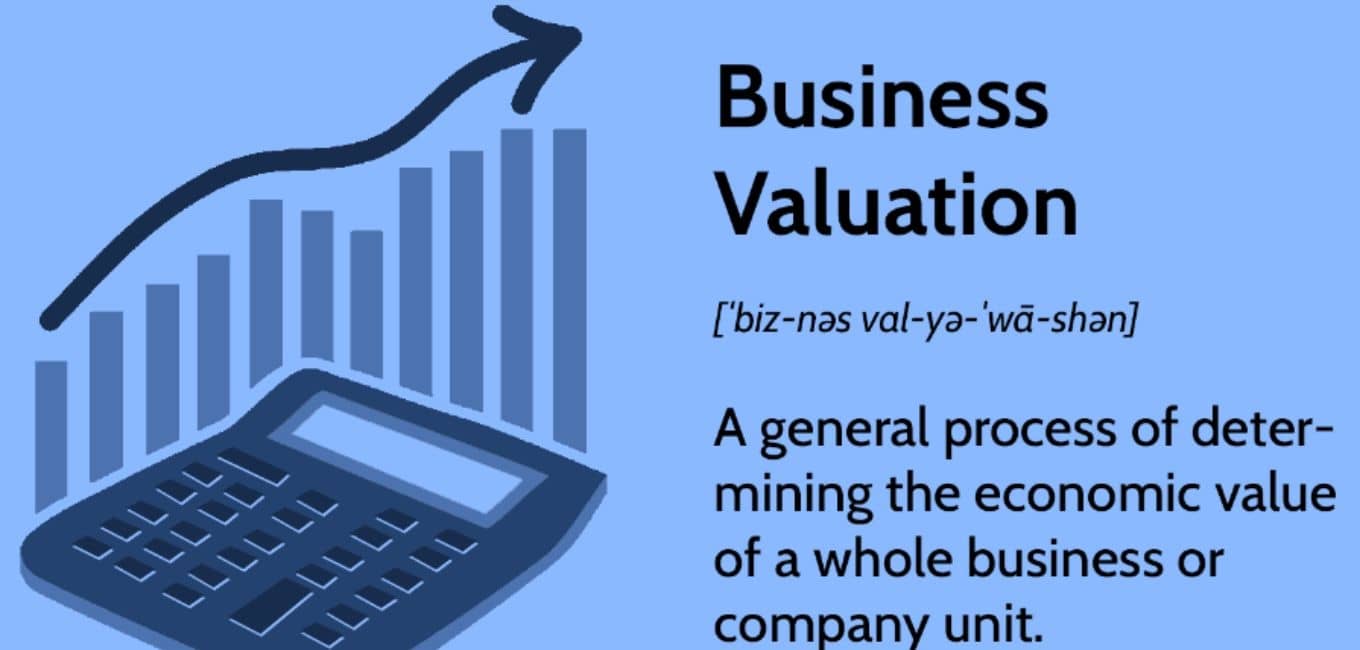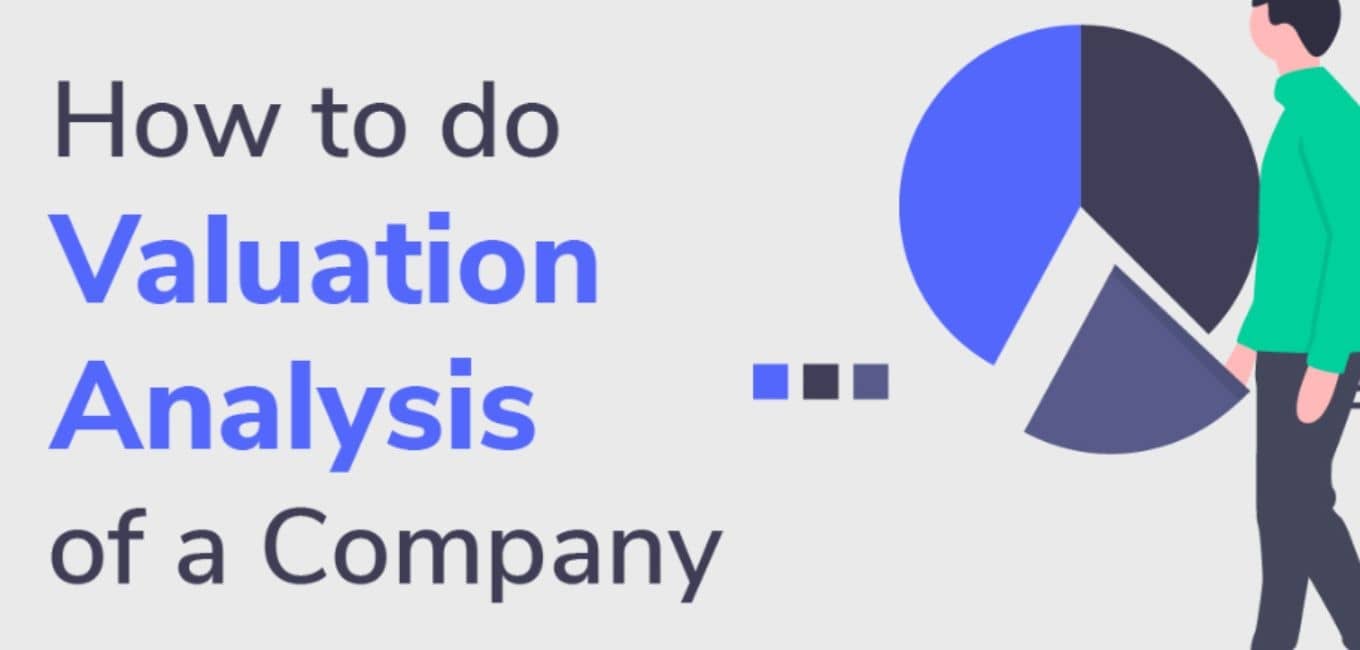Welcome to a captivating journey where financial acumen meets entrepreneurial insight. In a world brimming with possibilities, understanding how to value a small business is the key that unlocks doors to success. Have you ever wondered how to unravel the true worth of a small business? Valuating a business is a fascinating and intricate process that involves understanding its financial intricacies, market dynamics, and growth potential.
Whether you’re an aspiring entrepreneur, a business owner planning to sell, or an investor seeking opportunities, mastering the art of valuing a small business is essential. From the delicate dance of numbers to the art of deciphering market trends, prepare to embark on a voyage that will empower you to confidently appraise the value of any small business.
In this guide, we are going to start a journey to explore the valuation process, equipping you with the basic knowledge and key points to assess the value of a small business accurately. Get ready to explore the fascinating realm of business valuation and discover the secrets to making informed, strategic decisions that can shape your financial future. Let’s delve into the captivating realm of business valuation and unlock the secrets.
What is a business valuation?
Business valuation refers to the process of determining the economic value or worth of a business. It involves assessing various factors, both quantitative and qualitative, to arrive at an estimate of the business’s fair market value. Business valuation is a crucial step in various scenarios, including buying or selling a business, seeking investment or financing, estate planning, litigation, tax purposes, or strategic decision-making.
Valuation methods can vary depending on the nature of the business, industry, available data, and the purpose of the valuation. Some common valuation methods include:

Income Approach
This approach focuses on the future income-generating capacity of the business. It typically involves projecting the business’s expected cash value analysis, applying a discount rate to account for the time value of money and risk, and determining the present value of those cash flows. The discounted cash flow (DCF) method is commonly used within the income approach.
Market Approach
The market approach involves comparing the business to similar companies in the market that have been recently sold or are publicly traded. We can say this way valuation multiples, because of ratio of earnings to assess the business’s value relative to its market business.
Asset Approach
The asset approach focuses on the business’s underlying assets and liabilities. It involves determining the net asset value (NAV) of the company, which includes tangible assets (e.g., property, equipment) and intangible assets (e.g., patents, trademarks). Adjustments may be made for liabilities and contingent liabilities.
Valuation experts, charted accountants, or financial professionals often perform business valuations. They apply these valuation methods and consider various factors specific to the business, such as industry dynamics, competitive landscape, management quality, market conditions, growth prospects, and other qualitative aspects.
Why we should evaluate small businesses?
Valuating a small business is not just an academic exercise or a mere formality; it holds immense importance for the various stakeholders involved. Here are compelling reasons why understanding the value of a small business is crucial:
Informed Decision-Making
Whether you’re a business owner and looking to buy or sell a business, a potential investor, or a lender considering providing financing, a precise valuation equips you with the knowledge to make good decisions. By understanding the true worth of a small business, you can negotiate fair deals, identify growth opportunities, and mitigate risks effectively.
Buying or Selling a Business
For entrepreneurs looking to buy a small business, a valuation helps determine its fair market price. It enables potential buyers to assess whether the investment aligns with their financial goals and risk appetite. On the other hand, if you’re a business owner planning to sell, understanding the value of your enterprise empowers you to set a realistic asking price, attracting serious buyers and maximizing your return on investment.
Securing Financing
Valuation plays a pivotal role in securing financing from banks, investors, or venture capitalists. Lenders and investors evaluate the value of a business to assess its ability to generate returns and repay debt. A well-documented valuation report enhances your credibility and increases the chances of obtaining favorable financing terms.
Strategic Planning and Growth
Business valuation provides valuable insights into the strengths, weaknesses, and growth potential of a small business. It helps identify areas for improvement, prioritize strategic initiatives, and allocate resources efficiently. Valuation also aids in assessing the viability of expansion plans, acquisitions, or partnerships, enabling you to make well-informed decisions that drive sustainable growth.
Estate Planning and Succession
Valuating a small business is essential for estate planning purposes, especially in family-owned businesses. Accurately assessing the value ensures a fair distribution of assets among heirs and facilitates smooth business succession. Moreover, understanding the value of the business allows for appropriate insurance coverage to protect against unforeseen circumstances.
Legal and Tax Compliance
Valuation serves as a foundation for legal and tax compliance matters. It helps determine fair transaction prices, assess capital gains tax liabilities, and comply with regulatory requirements. Properly valuing a small business ensures transparency, reduces the risk of disputes, and demonstrates adherence to legal and ethical standards.
How to value a small business based on revenue?
Valuing a small business based on revenue involves a systematic approach that takes into account various factors such as EBITDA example. The following steps will be helpful for you to understand:
Gather Financial Statements
Start review of the financial statements of the business, including income statements, balance sheets, and cash flow statements. These documents will help you to find the financial status of your business, through which you can make schemes and the next important steps.
Calculate Seller’s Discretionary Earnings (SDE)
SDE represents the total income generated by the business and includes the owner’s salary, non-recurring expenses, and discretionary expenses. To calculate SDE, add the owner’s salary, any personal expenses covered by the business, and non-recurring expenses (such as one-time legal fees or equipment purchases) to the net income of the business such as cash value analysis.
Determine Revenue Multiple
A revenue multiple is a factor used to determine the value of a business based on its revenue. The multiple can vary depending on the industry, market conditions, and the size of the business. Research industry benchmarks and comparable sales to get an idea of the revenue multiples commonly used in the market.
Apply the Revenue Multiple
Multiply the annual revenue of the business by the revenue multiple to estimate its value. For example, if the revenue multiple is 2.5 and the business generates more than 500,000 in annual revenue, the estimated value would be 1,250,000.
Adjust for Growth and Risk Factors
Consider the growth potential and risk factors associated with the business. If the company has consistent growth and low risk, you may apply a higher revenue multiple. Conversely, if there are uncertainties or risks, a lower multiple might be appropriate. Adjust the estimated value based on these considerations.

Analyze Comparable Sales
Examine recent sales of similar businesses in the market to gain insights into their valuation multiples. This information can help validate or adjust your estimated value based on real market transactions. EBITDA is often used as a measure of a company’s income and sell as cash flow and its ability to generate profits from the all-over operations.
Conduct Due Diligence
Perform a thorough analysis of the business, including its market position, competitive landscape, customer base, intellectual property, and future growth prospects. This step is crucial to ensure that the estimated value aligns with the company’s potential and any associated risks.
Seek Professional Assistance if Needed
Valuing a business can be complex, especially when considering revenue alone. If you lack expertise or require a more accurate valuation, it’s advisable to seek assistance from business valuation experts, accountants, or financial professionals. They can provide a comprehensive analysis and ensure an accurate assessment of the business’s value.
How to value a company formula?
Valuing a company typically involves a combination of quantitative and qualitative factors. While there are various valuation methods available, one commonly used formula is the discounted cash flow (DCF) method. Here’s a simplified explanation of the DCF formula:
DCF Formula: Company Value = (CF1 / (1+r)^1) + (CF2 / (1+r)^2) + … + (CFn / (1+r)^n)
Where: CF1, CF2, …, CFn = Projected future cash flows of the company for each respective year. r = Discount rate or required rate of return, representing the opportunity cost of investing in the company.
Here’s a step-by-step guide to using the DCF formula:
Project Future Cash Flows
Forecast the company’s expected cash flows for a specific period, usually between 5 to 10 years. These cash flows can include operating income, net income, or free cash flow, depending on the valuation approach and available data.
Determine the Discount Rate
The discount rate represents the investor’s required rate of return or the opportunity cost of investing in the company. It considers the company’s risk profile, market conditions, and industry benchmarks. Commonly used discount rates include the weighted average cost of capital (WACC) or the cost of equity.
Apply the Discount Rate
Divide each projected cash flow (CF) by (1+r)^n, where n represents the respective year. This discounts the future cash flows to their present value, reflecting the time value of money. The present value of each cash flow represents its worth in today’s dollars.
Sum the Present Values
Add up the present values of all projected cash flows to calculate the total present value, which represents the estimated value of the company.
It’s important to note that the accuracy of the valuation heavily relies on the quality of the cash flow projections and the appropriate selection of the discount rate. Additionally, qualitative factors such as market conditions, industry trends, competitive landscape, management quality, and growth potential should be considered alongside the quantitative analysis to arrive at a comprehensive company valuation.
How to Value a Small Business – FAQs
Conclusion
This article must be helpful for you to know how to value a business quickly, valuing a small business is a complex undertaking that requires a comprehensive analysis of its financial performance, assets, market dynamics, and growth potential. While there are various methods available, including income, market, and asset approaches for small business valuation formula multiples. it’s important to consider a combination of these methods to arrive at a more accurate valuation. Relying solely on a single method or a rule of thumb may overlook critical factors unique to the business.
Seeking professional assistance from business valuation experts, accountants, or financial professionals is highly recommended. Their expertise and experience can provide valuable insights and ensure a more accurate assessment of the business’s value. They can help navigate the intricacies of valuation, consider industry benchmarks, and account for qualitative factors that may impact the business’s worth.
Ultimately, the value of a small business is subjective and influenced by various factors, including buyer and seller negotiations, market conditions, and individual perspectives. By leveraging professional expertise, conducting meticulous analysis, and considering all relevant factors, you can make more informed decisions when it comes to valuing a small market business.

